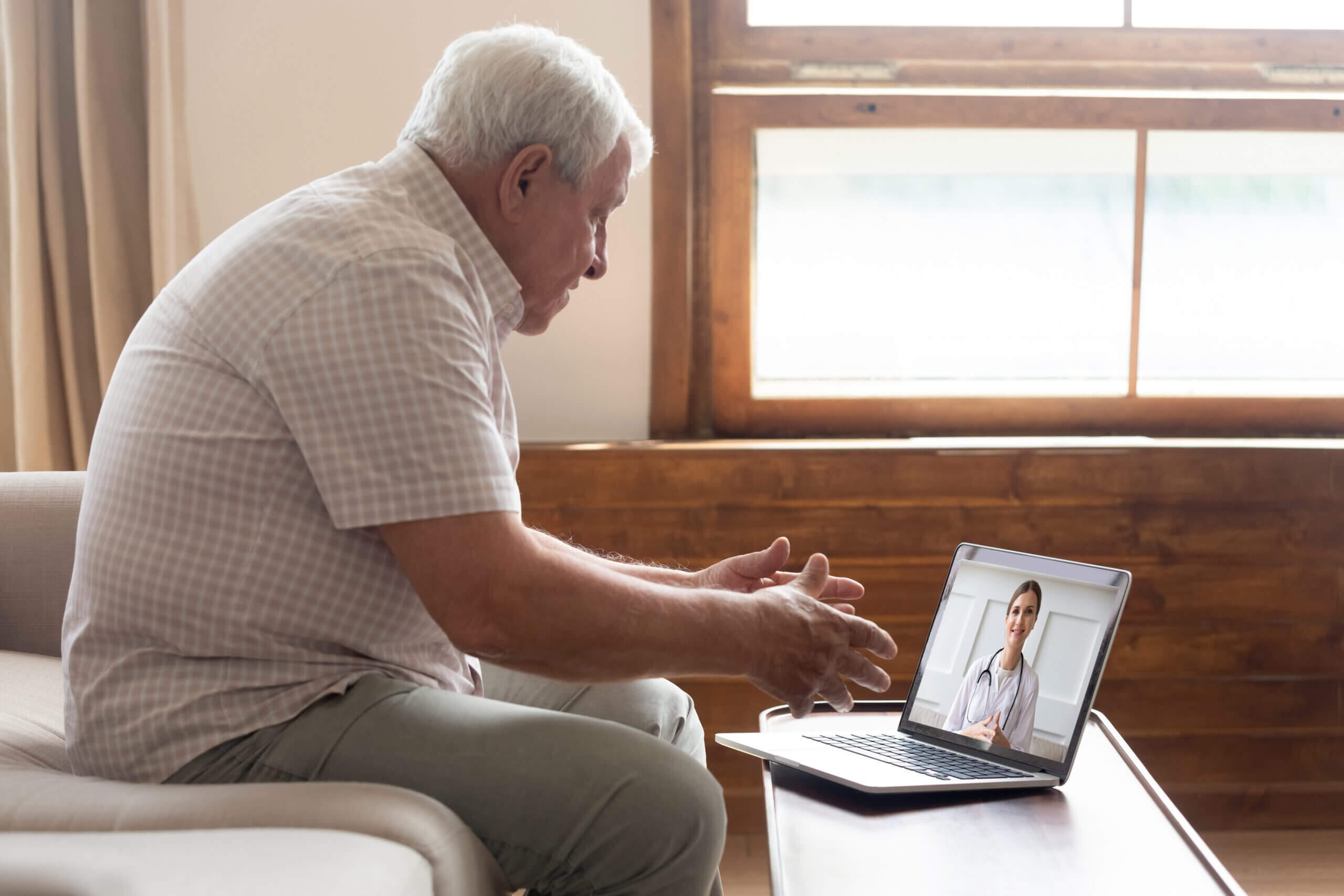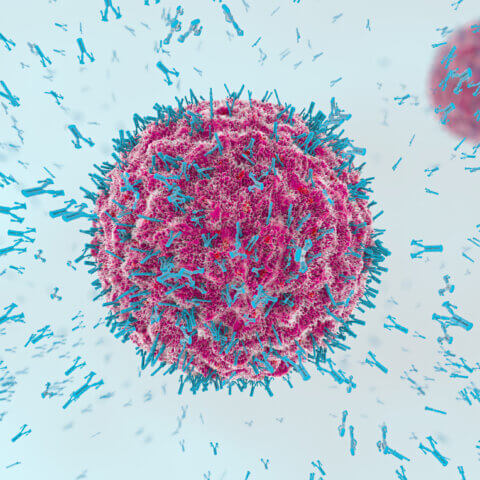Last Updated: March 25, 2024, 1 pm UTC
In an effort to maintain the continuity of our clinical trials during the COVID-19 pandemic, Premier Research is helping customers take steps to safeguard the well-being of patients who were previously expected to go to a medical facility to receive treatment.
A Direct-to-Patient (DTP) model applies only to studies for which the sponsor has had site closures as a result of COVID-19 and has requested direct shipping from the site to a patient’s home. Various factors have to be taken into consideration in the risk assessments, such as the ability of the patients to receive and self-administer the drug, the shipping conditions required, or whether the presence of a home nurse is necessary to facilitate administration. By following this process, we have identified those clinical studies that can be done virtually and for which the study drug can be shipped directly to patients.
Because of the time sensitivity and concern for patient safety, this measure does not require prior approval by an Ethics Committee (EC) or Institutional Review Board (IRB). However, it does call for an understanding of each country’s requirements to know when submissions such as urgent safety measures, amendments, or notifications are still required.
Critical to our process is ensuring that patient privacy remains protected. This is accomplished through using approved contracted courier services that collect the clinical trial material (CTM) and investigational medicinal product (IMP) from the investigator site or pharmacy and delivers it directly to the patient’s home or to a named responsible person, such as a home care nurse or relative. Patient privacy restricts the courier from having access to any health information; only the patient’s name and home address is supplied to them so that the courier can deliver the CTM/IMP. Likewise, where a home nursing visit is also required, only approved vendors will be performing the visits.
When DTP services are to be used, site personnel must inform patients about the updated delivery method due to the emergency situation and the changes to how their personal information will be shared and processed. A follow-up letter should then be sent to patients so that they have a copy of what has been discussed over the phone.
As these shipments need to ensure drug integrity during transit to the patient’s home, product temperature conditions must be strictly preserved; when necessary, appropriate packaging supplies such as temperature monitoring should be included.
Once the patient receives the necessary materials and drug, a nurse can follow up with a home visit to administer the medication and perform health-related support as needed. If the drug can be self-administered, these visits may not be required.
The study doctor will then follow up on the patient’s progress by telephone or alternative telemedicine methods. At this time, the doctor can respond to questions and share any study result updates.
While these are key efforts to keep patients at home to reduce exposure to COVID-19, this is only a first step and does not meet the needs of every patient. Other advances in technology and digital documentation include remote monitoring and wearables that leverage newer innovations to improve patient safety, speed of information, and data accuracy. As an industry, we should take advantage of these more permanent technology-enabled solutions, for the greater benefit of patients and researchers alike.

 Webinar
Webinar 


 Perspectives Blog
Perspectives Blog 